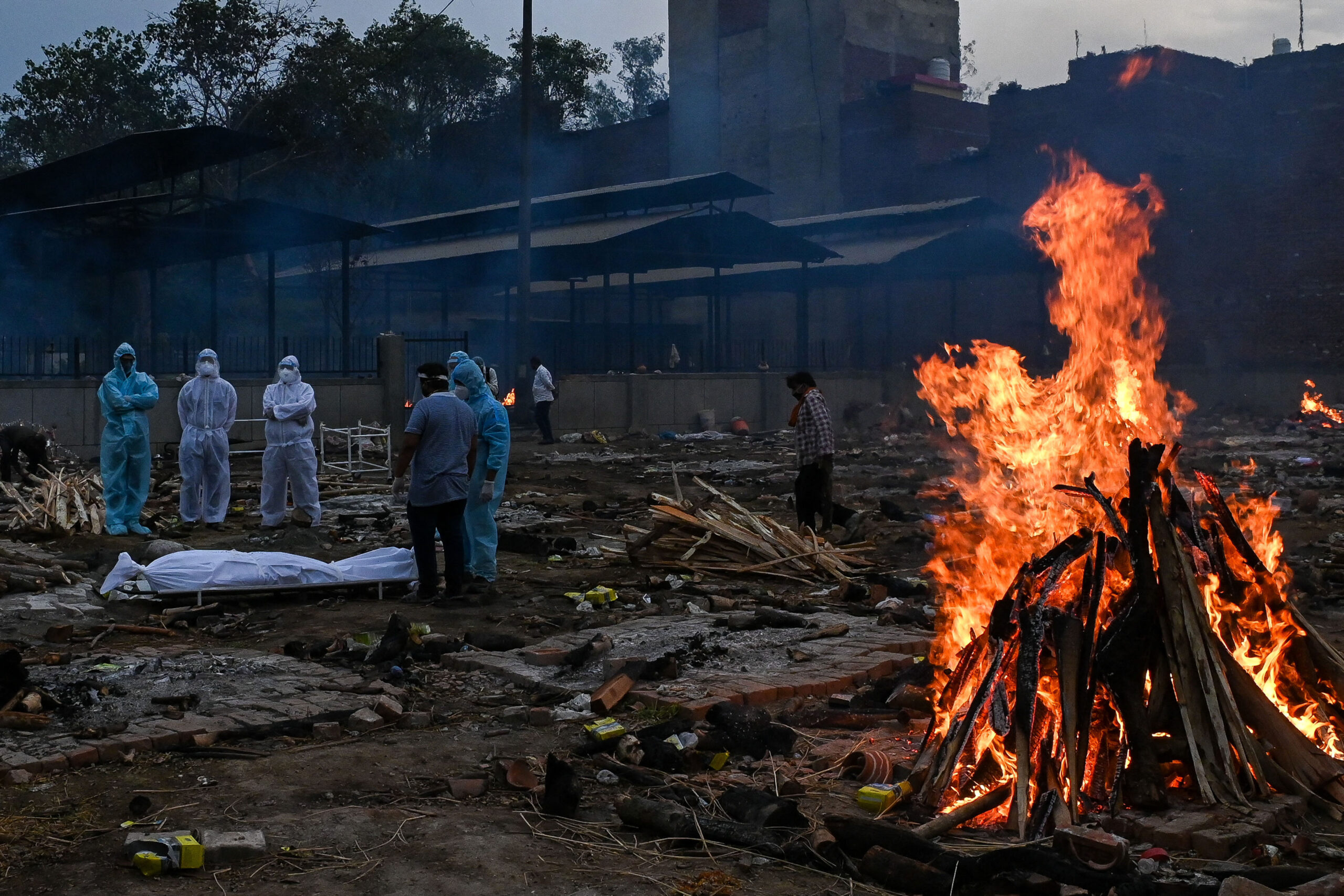Why can countries that allow the virus to go wild can endanger the whole world?

Highly infectious variants of covid-19 have appeared in India and Brazil, and if their progression is not stopped, the virus could evolve and become resistant to vaccines.
Last and this week, India broke all the blackest records in Covid-19. On Tuesday alone, there were 357.229 new infections and 3.449 deaths. The balance is certainly more tragic: many health experts believe that five to ten times more people die in India every day than official figures show.
In a shocking report from Indian cities, writes the German magazine Der Spiegel, the country is also hit by a lack of oxygen and respirators, a lack of beds in hospitals and intensive care units, and crematoria are overcrowded.
Opposition leader Raul Gandhi has called for a national quarantine, and Prime Minister Narendra Modi - whom many in India say has underestimated the pandemic - agrees that the country has "fallen into a real storm".
The end is not visible
Less than two percent of the population is vaccinated on the entire subcontinent. "There is no one in India who does not know someone infected with the virus," Gautam Menom, a professor of biology and physics at Ashoka University in Sonipat, near New Delhi, told SPIEGEL. "Our models predict that the number of cases will continue to grow until the end of May."
What has frightened not only the Indians but the whole world is the mutant virus that is spreading across the country. Its scientific name is B.1.617, and it has already been transferred to Europe, Germany and Great Britain. Although it is not entirely clear whether there are differences in infections, this mutation is potentially more dangerous due to two genetic changes, E484Q and L452R. They are thought to make it easier for the virus to enter the host's body through the throat or nose and make the pathogen more contagious.
An even more important question is whether these variants allow the virus to at least partially evade the body's defenses. Alex Seagal of the Max Planck Institute says it probably is. When people are exposed to SARS-CoV-2, their body forms antibodies and they label the virus, so in case of reinfection, the immune cells can destroy it. But these mutations change the "signal", which means that the antibodies cannot recognize the pathogen.
Back to top?
Thus, B.1.617 can also infect vaccinated persons. If that happens, there will surely be a new pandemic and a return to the beginning. The British variant, designated B.1.1.7, also shows signs of infectious disease. The Brazilian P.1 appears to be a mutant who knows how to trick the immune system into people with transient covidium.
All this was predicted, at the end of last year, by the British expert Jeremy Farrar, in an interview with "SPIEGEL". "Inevitably, these new variants will continue to spread and become dominant around the world. "Things will get worse if the virus continues to change," he said.
What we are currently seeing in India and Brazil is a kind of experiment, huge and tragic. The only way to prevent the spread of new varieties is to get vaccinated around the world. "We have to vaccinate the whole world, for scientific, health and economic reasons, but also for moral reasons and to protect ourselves all," Farrar said.
Horror script
The Indian mutant was discovered in January in an analysis of three specimens in the state of Maharashtra. Several cases followed. The problem is that India is not conducting enough research on viral mutations. This is why, among other things, virologists only know theoretically what the consequences of a mutation are, whether biological or contagious. Laboratory experiments are needed to determine if the mutant virus can escape the body's immune response, making vaccines completely ineffective.
This can happen in the case of a mutation in South Africa with variant B.1.351. The Indian mutation not only spreads faster than the original virus, but attacks the whole family, with completely new symptoms, including conjunctivitis and diarrhea.
But the evidence is mostly anecdotal. Any country that allows the virus to rampage is actually breeding and feeding a new supermutant, and there is a fear that a mutation will occur against which no vaccine will help. Jeremy Farrar says the chance of that happening is perhaps less than ten percent.
"But ten percent is too much risk," Farrar said.
Taken from "Nedeljnik" from Belgrade


